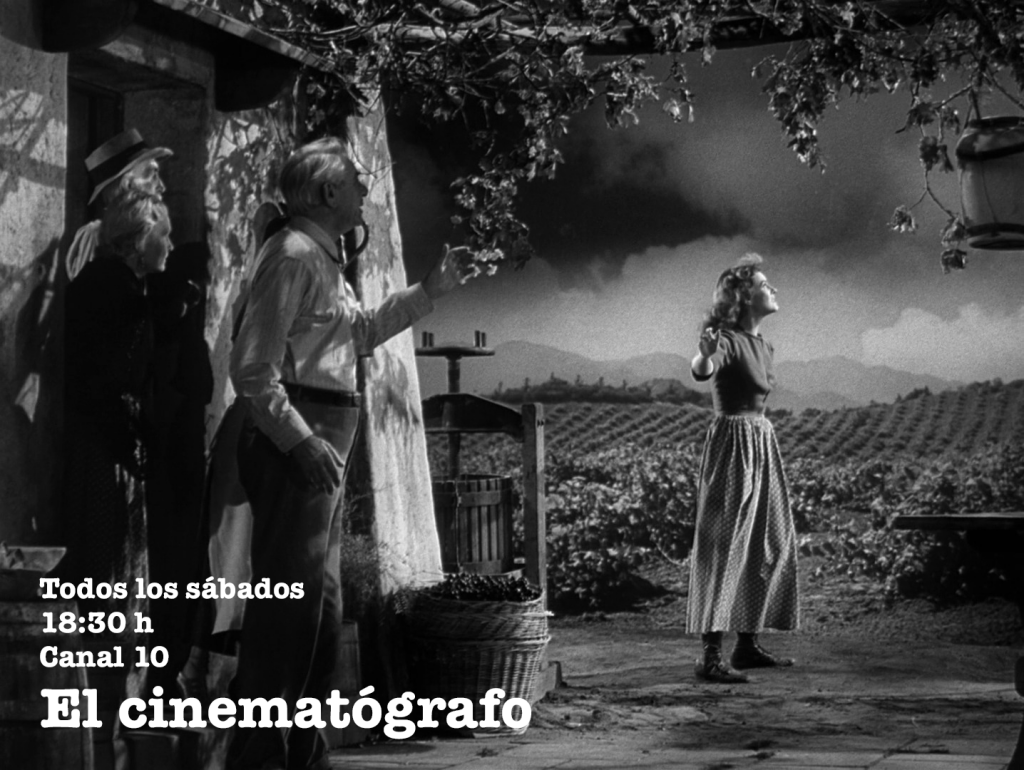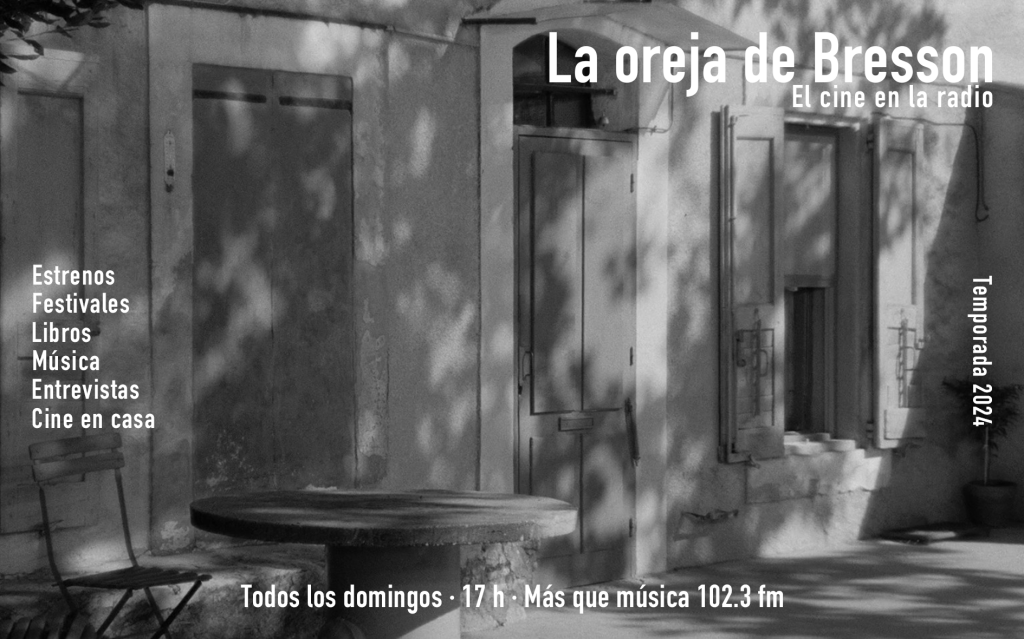
SHORT REVIEWS (14) / MES FICUNAM 2014 (14): THE MATERIAL EVIDENCE OF ABSTRACTION
![]() Three Interpretation Excercises / Trois Excercises d’ Intérpretation, Francia-Rumania, 2013
Three Interpretation Excercises / Trois Excercises d’ Intérpretation, Francia-Rumania, 2013
Por Roger Koza
Cinema and philosophy –this thesis is not mine– create concepts. A concept gives some order to experience, and filmic shots allow seeing experience in a different way. In Three Interpretations, Puiu adapts the books Three Conversations, and A Short Tale of the Antichrist, by Vladimir Soloviov, which were written in the early 20th century. Everything began with an interpretation workshop given by the Rumanian director in Chantiers Nomades, Toulouse. This extraordinary film elliptically dedicated to Eric Rohmer began there, as actors were invited to use this philosopher’s ideas and to establish a dialogue with them in various places and situations; here ̧ concepts are present over the filmic staging and, actually, they are the true main characters.
Divided in three different chapters (“The Mouse Is under the Table,” “The Cat Is on the Chair,” and “The Cat Is on the Bough”), in each of them four characters argue about love, death, the presence or absence of a deterministic character over our actions, freedom, the Antichrist, political pacifism, and Weerasethakul’s Syndromes and a Century. A not often quoted Biblical passage appears in the three episodes and, beyond the exegesis proposed in each occasion, this repetition suggests the way in which concepts live in people and have an influence over their points of view.
Puiu offers variations of register; at the lunch shown at the beginning of the film there is a long open shot to present the place of enunciation of the discourse (in terms of gender and social class); but after some time he uses medium shots to discover the face of that discourse. On the second chapter verbal interaction will have to do with a different register. And, in a dialectical way, the first mode will return for the ending, with the encounter of four friends, which ends up with all the characters of the film together for a comical spiritualist session; and then, instead of channeling a wondering soul, what materializes is the philosophical spirit of our times.
***
![]() Story of my Death / Història de la meva mort, Spain-France 2013
Story of my Death / Història de la meva mort, Spain-France 2013
The most radical of all Albert Serra’s films is as minimalistic as other more well-known films of his. Here, words occupy a paramount and innovative role. And this, to start with, is be- cause Casanova was a lettered man.
Casanova begins to sense his own decadence and decrepitude and thinks a budding revolution will change the existing social order. Still able to pleasure women, Casanova’s greatest worry (as a writer) has to do with writing his memoirs or an encyclopedia devoted to cheese. Reading, writing, having sex, and eating define his personality, to a certain degree. But there is also an immeasurable mystery about this sensual and perverted creature, which the film refuses to reveal (Altaió’s work is magnetic and dazzling). During the first hour, furniture and books are the material basis of a symbolic order linked to illustrated rationalism. Reason and the body mark the limits of the experience and between Voltaire’s and Montaigne’s quotes Casanova explicitly states his philosophical preferences.
But everything changes when he and Pompeu, his servant, depart to the Carpathians. There is a beautiful travelling shot, a transition sequence which conveys a certain serenity and sweetness which are about to disappear. This wellbeing is substituted by a metaphysical malady which coincides with the gradual and abstract appearance of Count Dracula.
This is a remarkable film for its coherent structure, but also difficult for its growing tendency to show a somber ecstasy where darkness literally prevails over the light. The director’s comic nature is administered in homeopathic doses, maybe partially because of the necessary inclusion into the tale of signs related to a superstitious ordering of the world. Thus, the film supplants laughter with some sort of ominous trance that is more related to the enjoyment of an intolerable beauty born out of horror (à la Dracula) than to an obscene pleasure (à la Casanova). The belated obscurantism of 19th-century Romanticism prevails as crepuscular symbols proliferate and a death drive ends up devouring the film.
Roger Koza / Copyleft 2014





Últimos Comentarios